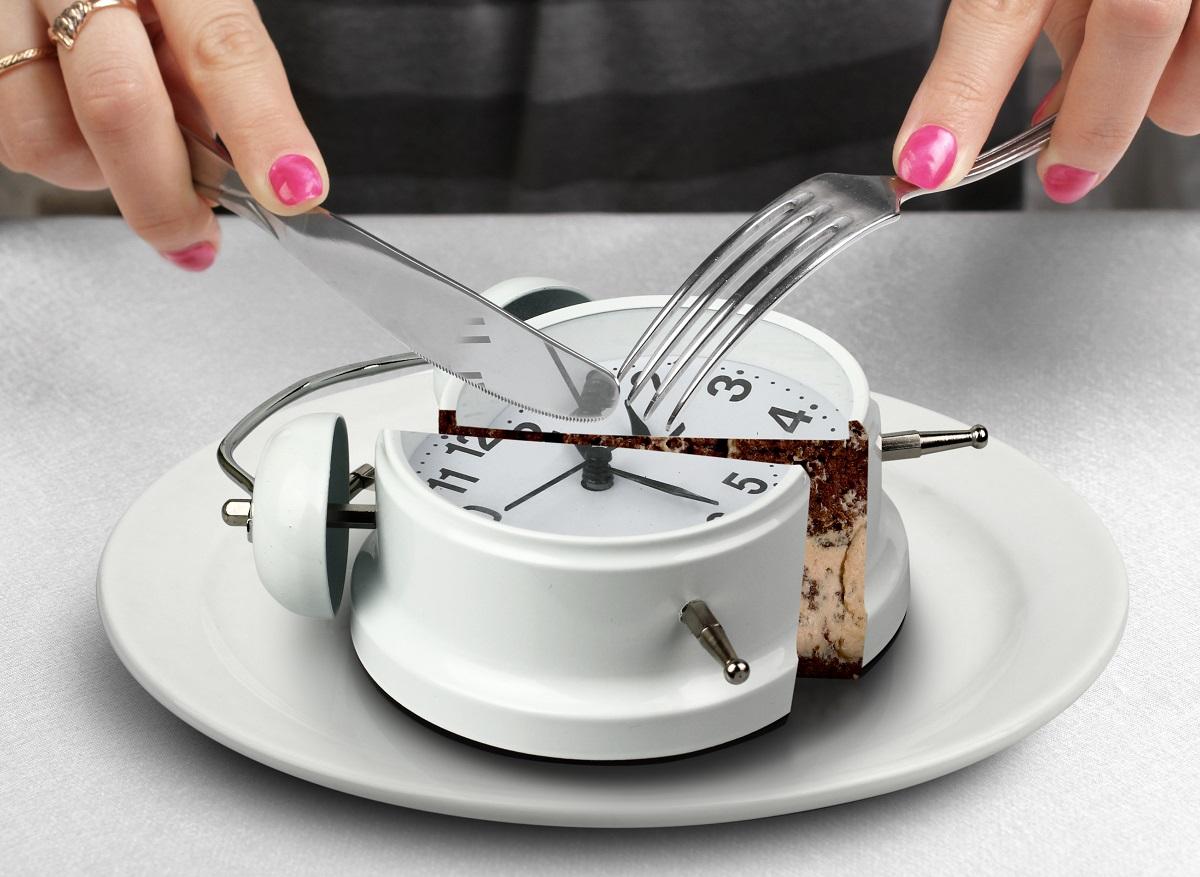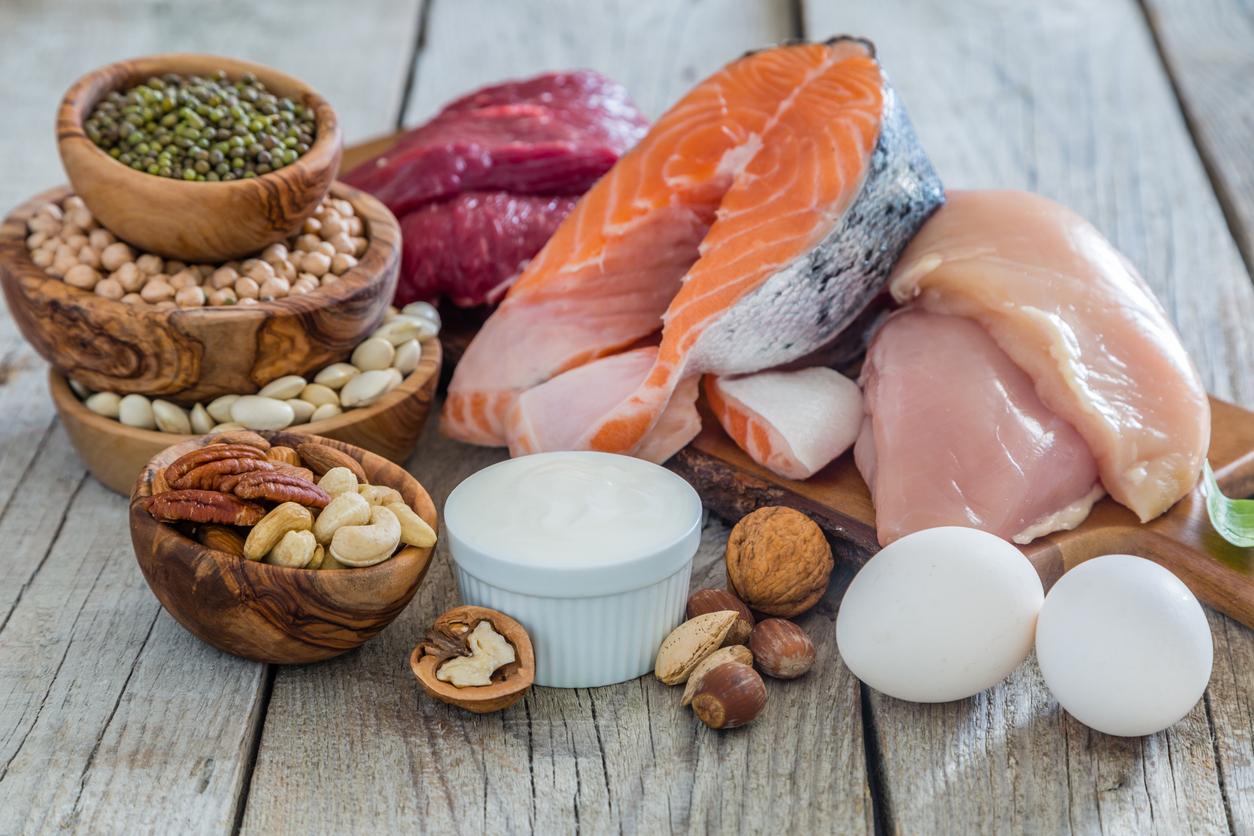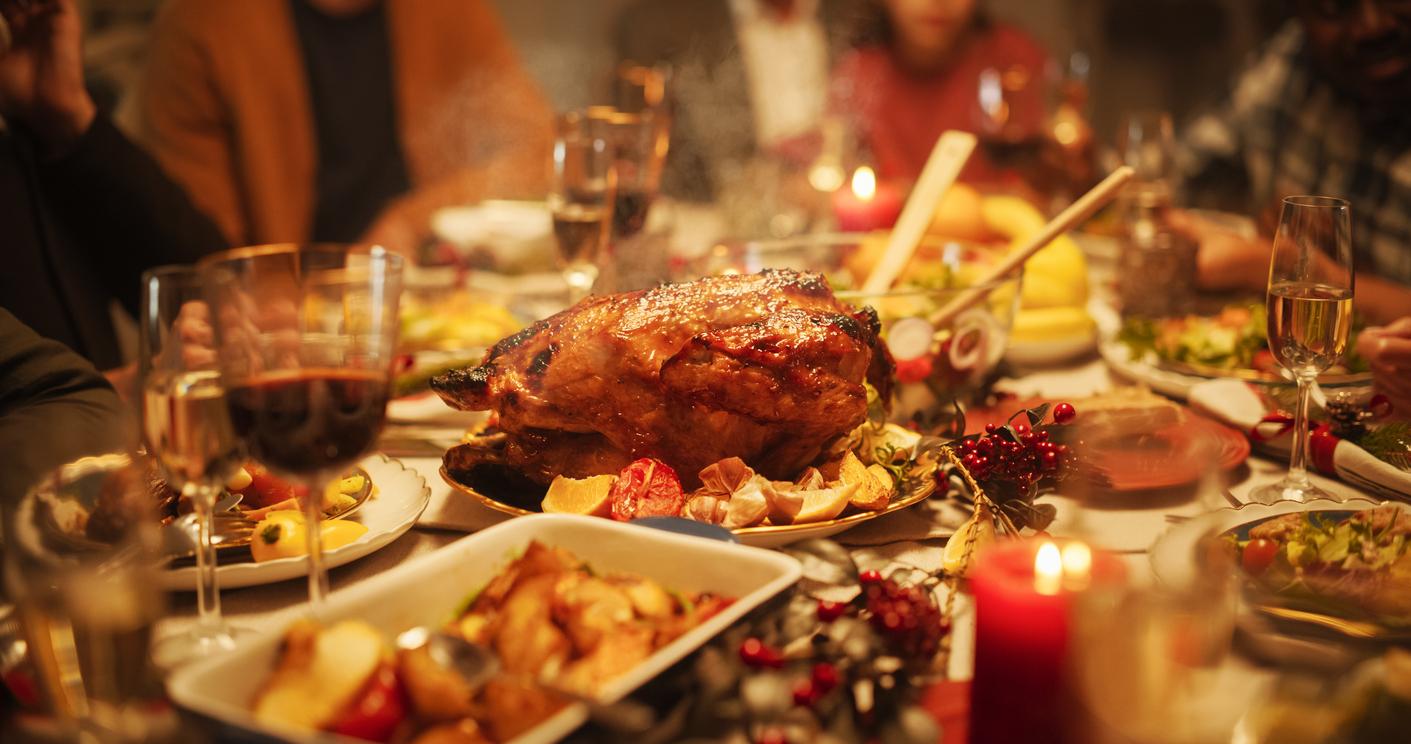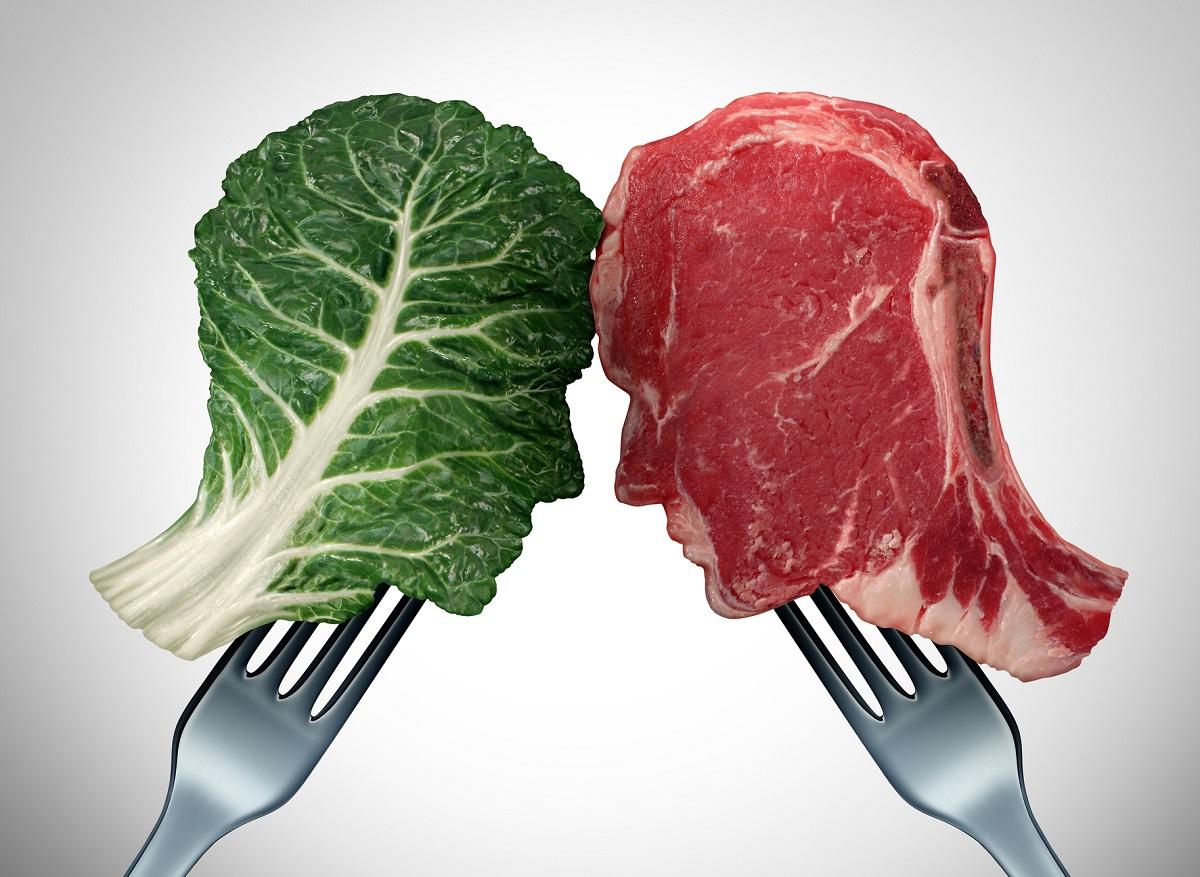As a general rule, eating a meal in less than 30 minutes rarely limits intake through unconscious brain intervention. This is why, to lose weight, you need to eat slowly.

- The satiety signal warns the brain that the stomach is full, but unfortunately it is too late a signal, which leads to gorging.
- If the hunger signal, which depends on our blood sugar level, is quite precise, and above all very fast, the one that decides to stop the festivities is quite slow and complex.
- Consequence: the satisfaction that signals the end of a meal only occurs when one has eaten more food than one should.
- The trick: before giving in to the temptation to take another slice of a dish, you have to wait at least 10 minutes.
There is a natural braking system against overeating: the satiety signal that warns the brain that the stomach is full. Unfortunately, this signal is too late, which leads to gorging. Not so long ago, the French spent twice as much time at the table as Americans. The new generations tend to adopt the same rhythm as them… as well as their obesity epidemic.
To limit food intake, nature has cleverly equipped us all with what is called the “satiety” signal. We could use more understandable synonyms such as “satiety, satisfaction, or saturation signal”, but it is a term that you will often encounter in most articles on the subject. The satiety signal is an order from the brain that decides that we have eaten too much.
If the hunger signal, which depends on our blood sugar level, is quite precise, and above all very fast, the one that decides to stop the festivities is quite slow and complex. It works rather well from birth, but becomes disrupted as we age. Consequence: the satisfaction that signals the end of a meal only occurs when we have taken more food than we should, probably because this signal is too late. Perhaps a remnant of our archaic adaptability to famine?
20 minutes, not enough time for a meal
This delay, which can be estimated at between 10 and 20 minutes, is the one of all dangers, while you just have to wait to see the irrepressible desire to help yourself to more disappear, as if by magic. Managing this signal of satiety also advocates composing the meal in three parts: starter, main course, dessert. And not: a single main course, which, while waiting to be prepared, is the best ally of taking “pain-beurre”, a great classic of lunchtime restaurants.
In concrete terms, before giving in to the temptation to take another piece of a dish, you must wait at least 10 minutes. If this is not possible, vegetables or salad are a last resort.
Eating slowly helps digestion. Keeping food in your mouth longer gives your teeth a chance, as they are not there just to make your smile charming but to tear, grind and knead. This will prevent your stomach from doing this when its real role is to bombard the porridge sent by your mouth, teeth and saliva with acid.
Better enjoy food
Eating slowly finally means enjoying your food more, which is no small advantage when you eat less.
This is an observation that has nothing to do with medicine, but look around you: most thin people are woefully slow at the table. The pea test is telling. Put a plate of peas in front of the guests and watch the first gesture. The thin person takes the fork and the fat person, if he can, the spoon; if not, he helps himself with a piece of bread. The thin person eats his peas almost one by one; the fat person “pushes” them, by lifting the plate.


















